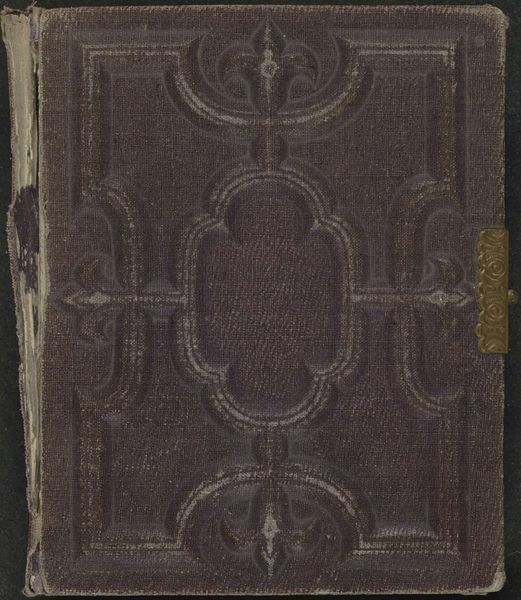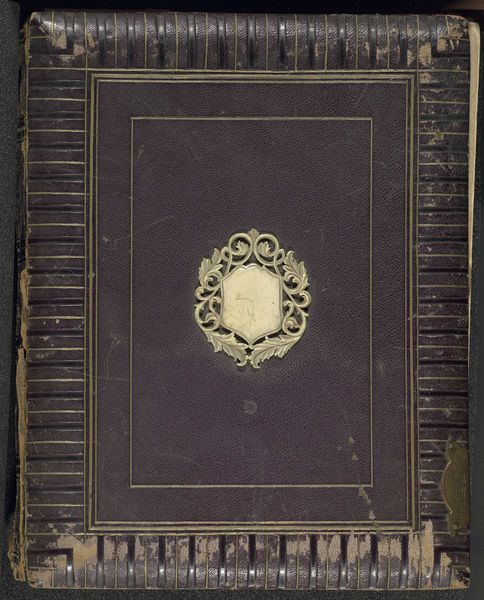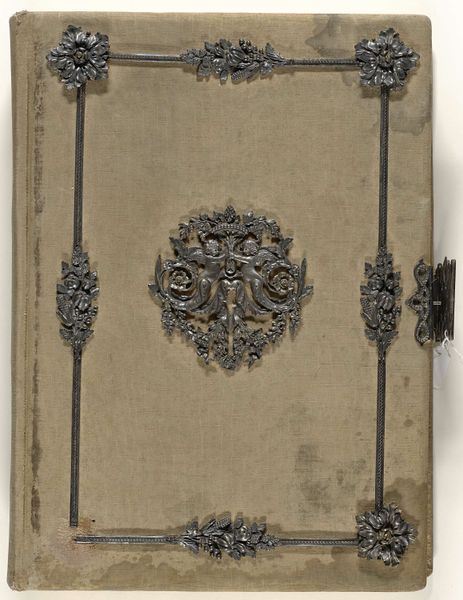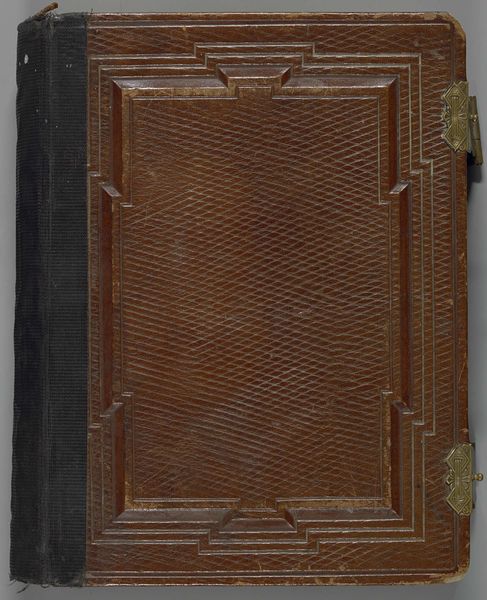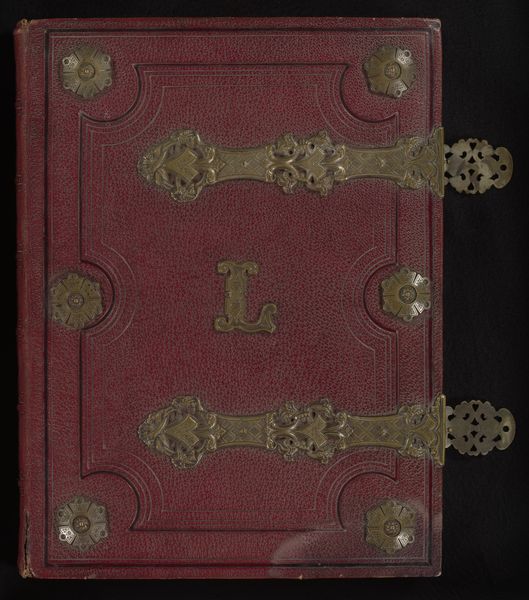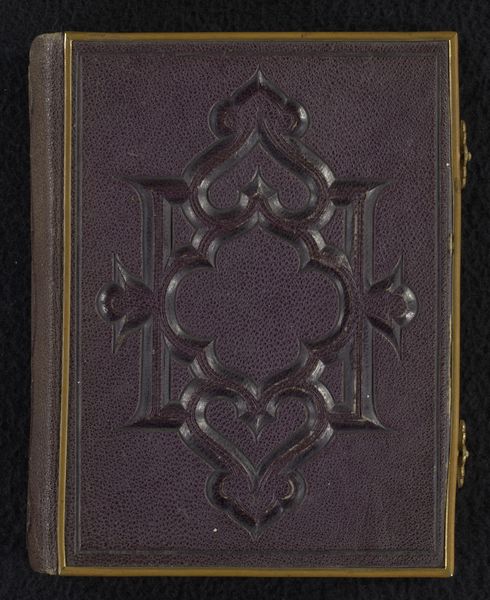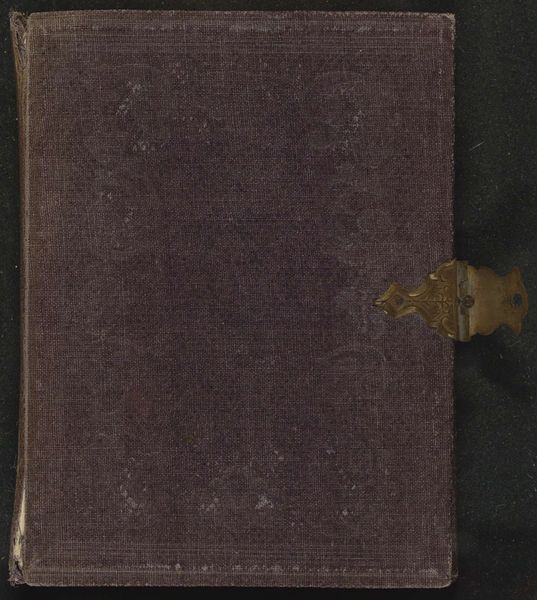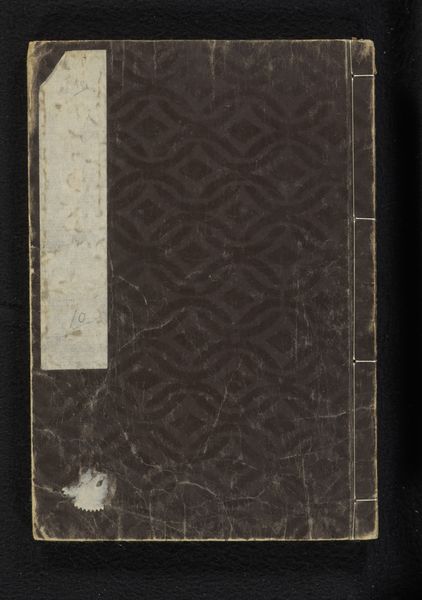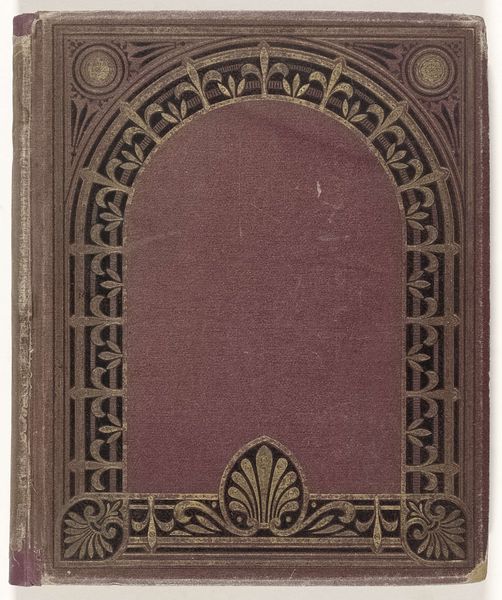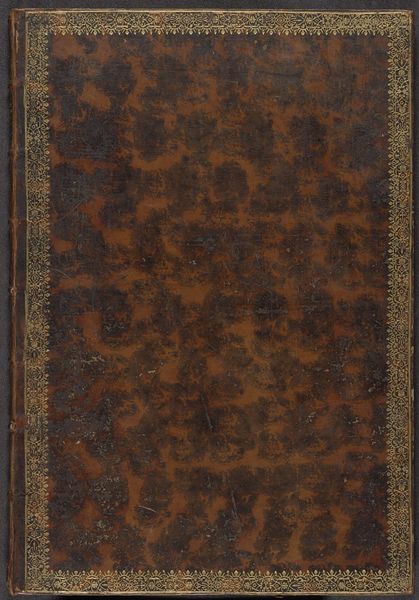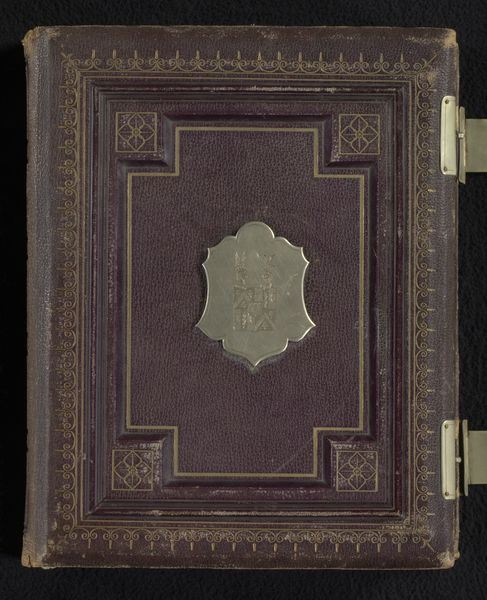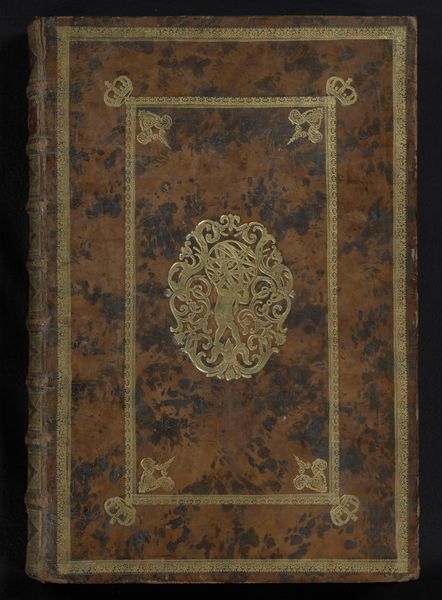
collage, paper, photography, albumen-print
#
portrait
#
aged paper
#
toned paper
#
collage
#
worn
#
paper texture
#
paper
#
photography
#
albumen-print
Dimensions: height 161 mm, width 135 mm, thickness 49 mm, width 325 mm
Copyright: Rijks Museum: Open Domain
Editor: Here we have an old photo album, dating from around 1860 to 1865. It’s titled "Fotoalbum met 28 cartes-de-visite van Franse adel" – Album of 28 Visiting Cards of French Nobility. It seems to be a collage of photographs on paper with albumen prints. The cover looks quite worn and makes you wonder what stories it could tell. What do you see in this piece? Curator: This object offers us a glimpse into the social and political dynamics of 19th-century France. "Cartes-de-visite" became incredibly popular during that era, fueled by advancements in photography. Think about how the rise of photography democratized portraiture to a certain extent, yet here it is, primarily capturing the elite. Who had the time and resources to sit for a portrait and collect these albums? Editor: So, it’s a statement about status and power then? The “French Nobility” part is key. Curator: Precisely. It's about visual representation and self-fashioning within a specific social class. The act of creating, collecting, and displaying such an album reinforces their identity and social network. We can imagine how such items reinforced societal hierarchies, visibly and tangibly. Look closely at the binding, the ornamentation; how might those elements underscore a claim to refinement and elevated status? Editor: The elaborate clasps and textured cover definitely speak to luxury and exclusivity. So this isn't just a collection of photos; it's a carefully constructed display of power. Curator: Exactly. It provokes reflection on how images participate in shaping and maintaining social structures. These images aren’t just innocent likenesses; they performed social work. Editor: That makes me rethink my initial impression. It’s less about quaint nostalgia and more about the politics of representation. Curator: It makes me wonder where this album ended up, what journey it took, and who owned it after the French aristocracy. What stories might it continue to tell?
Comments
No comments
Be the first to comment and join the conversation on the ultimate creative platform.
